

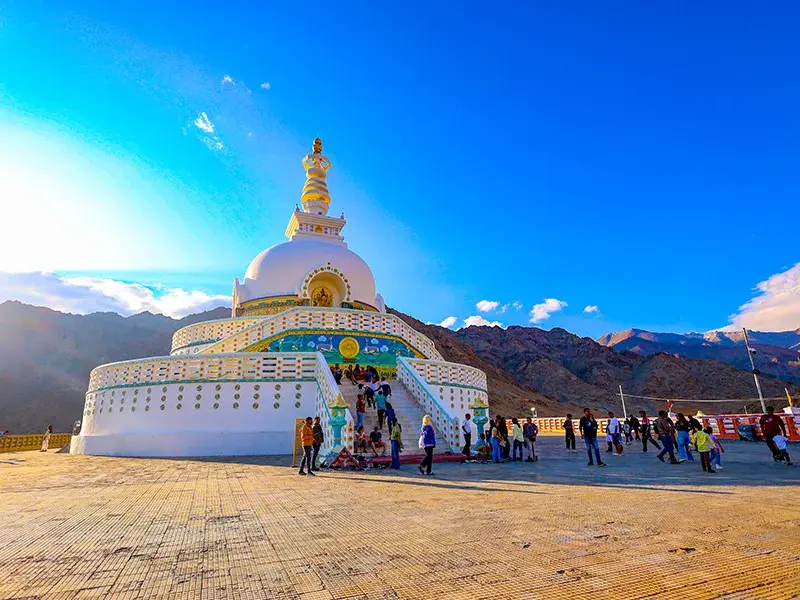
Shanti Stupa Leh is not just a monument — it's a symbol of harmony, hope, and international friendship. Built in 1991 by Japanese Buddhist Bhikshu Gyomyo Nakamura along with Ladakhi Buddhists, this striking white stupa was part of the “Peace Pagoda Mission” to spread world peace and non-violence. It was inaugurated by the 14th Dalai Lama, who also enshrined sacred relics of the Buddha in its foundation.
The monument sits atop Changspa Hill, overl ...

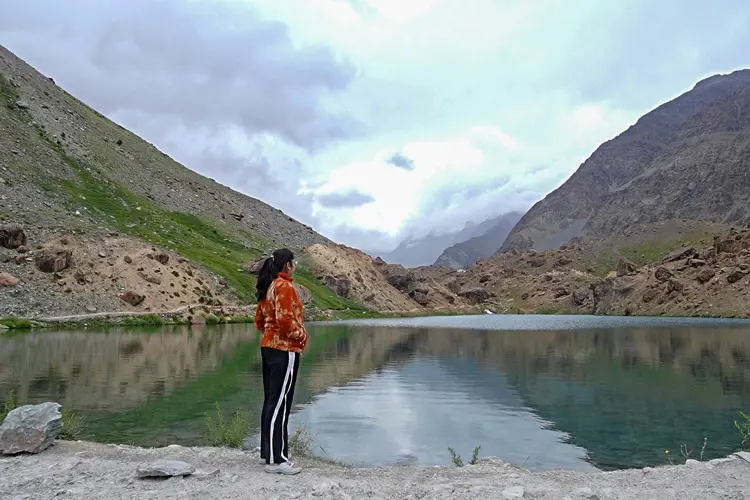
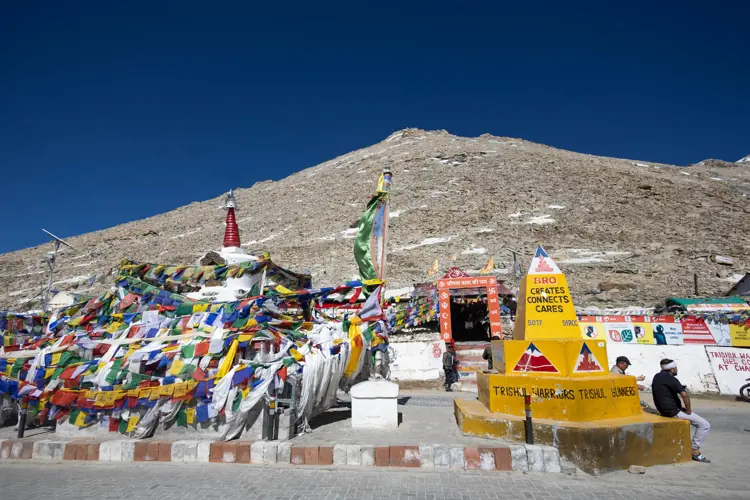
 1.jpg)
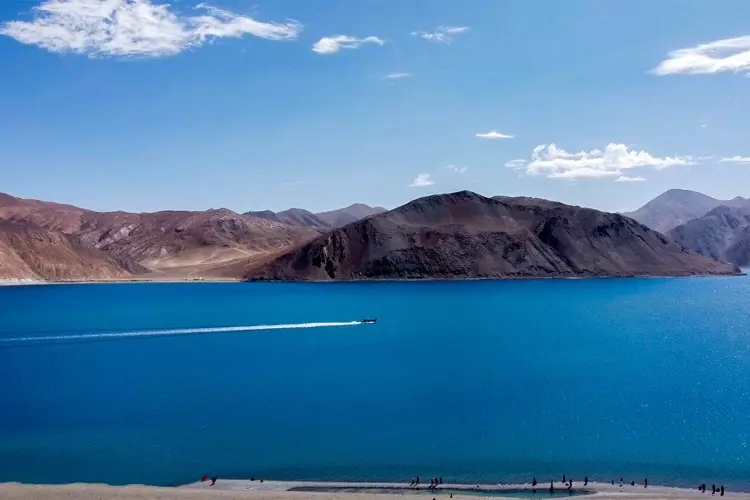
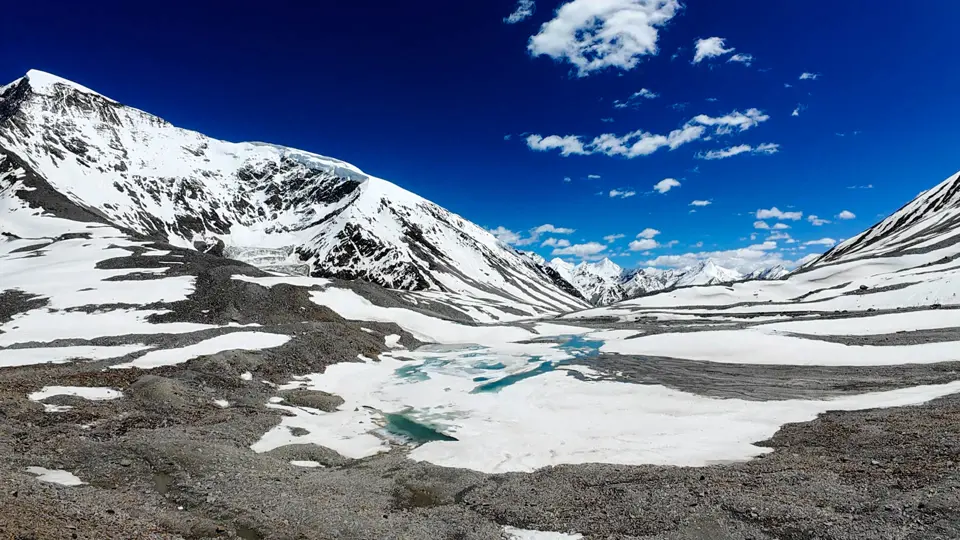
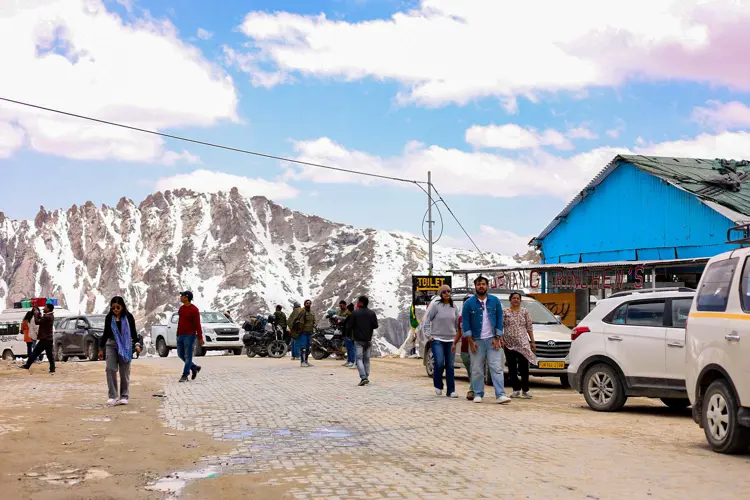
 4.jpg)

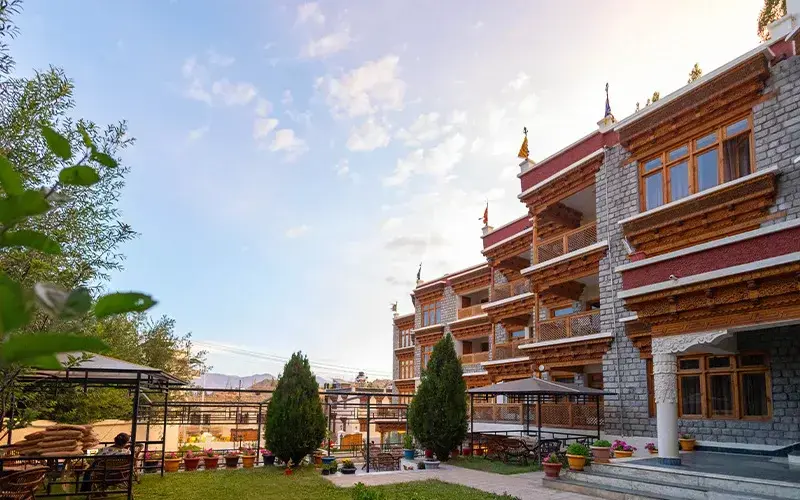
Hotels In Leh Ladakh
Experience peaceful stays amid mountains, lakes, and clear skies.
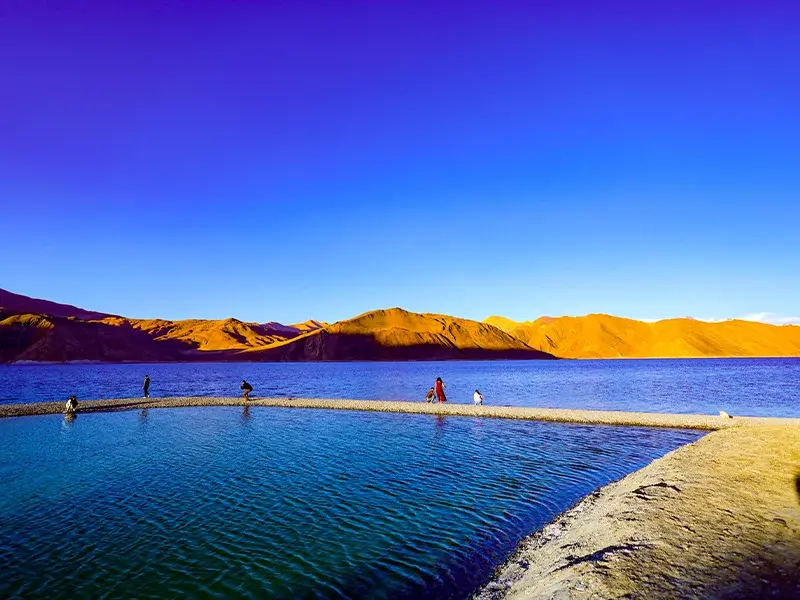
Packages Of Leh Ladakh
Experience Ladakh’s mountains, lakes and culture with our curated packages.
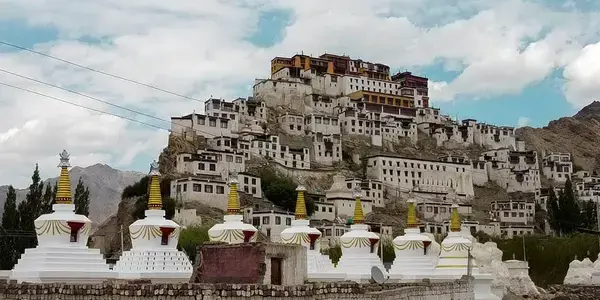
Places To Visit In Leh Ladakh
Best Places to Visit in Leh Ladakh for an Unforgettable Trip
.webp)
Blogs Leh Ladakh
High-altitude adventures and serene Tibetan-style landscapes
.webp)
Images Of Leh Ladakh
Explore Ladakh’s raw beauty through real and scenic images.
Hotels In Leh Ladakh
Packages Of Leh Ladakh
Places To Visit In Leh Ladakh
Blogs Leh Ladakh
Images Of Leh Ladakh
☀️ Visit at sunrise or sunset for best light & fewer crowds
🛻 Drive up or climb 500+ stairs (for adventure lovers)
👕 Dress respectfully, especially in prayer areas
🧘 Meditation space open to all (quiet required)
📷 Photography allowed, but not inside the dome area
🕉️ Great place to hear monk chants during full moon
🌬️ Windy — carry a light jacket
🧤 Layered clothing is essential: warm jacket, thermal, and windproof outer
🧣 Carry woolen caps, gloves, socks even in summer
🧦 Avoid wearing shorts or tank tops – locals dress modestly
👟 Use comfortable walking shoes or ankle boots
🕶️ Carry sunglasses – sunlight reflects harshly at this altitude
☔ Light rain jacket in July–August during monsoon drizzles
🫁 Leh sits at 11,500 ft – mild altitude sickness is common
💧 Stay hydrated; drink water every 20 minutes
😴 Rest for the first 24 hours after arrival (especially from plains)
🧪 Carry Diamox or consult a doctor for AMS
👶 Not ideal for infants or people with severe respiratory issues
☕ Avoid heavy meals & alcohol on Day 1
🏥 Medical shops available on Mall Road, Leh District Hospital is nearby
💊 Keep basic meds: motion sickness tabs, ORS, paracetamol, sunscreen
🧼 Restrooms available at the base
🛍️ Small stalls sell tea, biscuits, souvenirs
📅 Entry: Free, open daily until ~7 PM
🥟 Tibetan Momos – available at nearby cafés
🍜 Thukpa – warm noodle soup, Ladakhi style
☕ Butter Tea – refreshing with high energy
🍲 Skyu – local wheat pasta stew
🍛 Vegetarian rice platters from local kitchens
🧁 Yak milk desserts & dried apricot sweets
🍫 Energy bars & Himalayan herbal teas sold at stalls
🌅 Catch the sunrise or sunset over the Himalayas
📷 Take panoramic photos of Leh town from the viewpoint
🧘 Meditate or sit in silence in the outer circle
🕯️ Light a candle or butter lamp
📖 Learn about Buddha’s life through murals
🎐 Spin prayer wheels placed around the stupa
🧵 Buy handmade Buddhist items from nearby stalls
🥾 Trek up the staircase for a fulfilling climb
🎑 Visit during Buddhist full moon nights for rituals
🏰 Leh Palace – historic palace just 10 mins away
🛍️ Leh Market – Tibetan souvenirs, food, art
🪖 Hall of Fame Ladakh – army museum, 20 mins away
🌊 Sangam Point Leh – Indus–Zanskar confluence (45 mins)
🛕 Namgyal Tsemo Gompa – hilltop monastery nearby
🛫 Leh Airport – 20 minutes from Shanti Stupa
April to October – clear skies, best sunrise & sunset views
Shanti Stupa Leh is not just a monument — it's a symbol of harmony, hope, and international friendship. Built in 1991 by Japanese Buddhist Bhikshu Gyomyo Nakamura along with Ladakhi Buddhists, this striking white stupa was part of the “Peace Pagoda Mission” to spread world peace and non-violence. It was inaugurated by the 14th Dalai Lama, who also enshrined sacred relics of the Buddha in its foundation.
The monument sits atop Changspa Hill, overlooking the town of Leh and facing the mighty Stok Kangri range. It was strategically built to connect two different Buddhist traditions — the Japanese Nipponzan Myohoji order and the Tibetan sects of Ladakh — thereby promoting unity through spiritual collaboration.
Its unique architecture includes two levels: the first depicting the life of Buddha and his birth, enlightenment, and death; the second, a peaceful dome with relics and prayer chambers. The whitewashed walls stand in stark contrast to the blue sky and barren mountains, giving it a heavenly appearance at sunrise and sunset.
Today, Shanti Stupa Leh is a pilgrimage site, a meditation zone, and one of the most visited attractions in Ladakh — drawing both tourists and truth seekers alike.
🏗️ Built jointly by Japanese and Ladakhi Buddhists
🕊️ Symbol of world peace, unity, and non-violence
🙏 Inaugurated by 14th Dalai Lama
🪔 Houses relics of the Buddha at its base
🌄 Offers 360° panoramic view of Leh & mountains
🧘♀️ Surrounded by prayer flags, meditation benches
🧱 Two-level stupa — with murals & golden statues
🥾 You can either drive up or climb 500+ stairs to reach
📸 Major spot for sunrise and sunset photography
🛕 Hosts full-moon prayers and spiritual gatherings
🌄 The Morning of Stillness
A couple from Kerala hiked up the stairs before sunrise, reaching Shanti Stupa as the first rays touched the stupa's dome. The entire town of Leh lay below them like a quiet painting. A group of monks started chanting. The tourists said they forgot to take photos — “We just stood still, breathing peace. That one hour healed us more than a year of running.”
🕯️ The Flame That Never Flickered
When the stupa was under construction, the workers lit a butter lamp that never went out for the entire duration — despite heavy winds. Locals believed it was a divine sign, that the stupa was blessed and meant to last generations.
The Himalayan Mountains are a majestic mountain range in South Asia, spanning five countries. They boast the world's highest peaks, including Mount Everest. These young, growing mountains feature rugged, snow-capped peaks, deep valleys, and glaciers. The Himalayas influence regional climate, harbor unique biodiversity, and hold cultural and spiritual significance. They attract adventurers, nature lovers, and spiritual seekers from around the world.